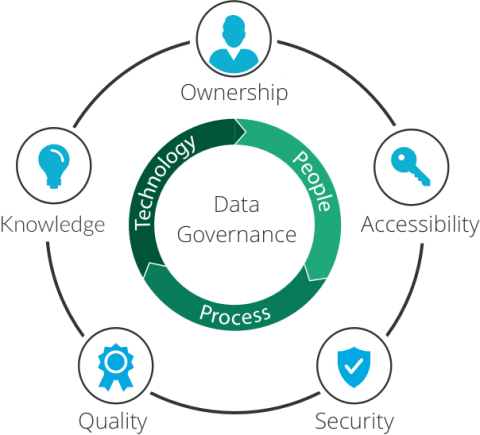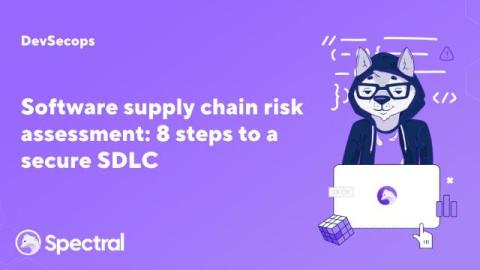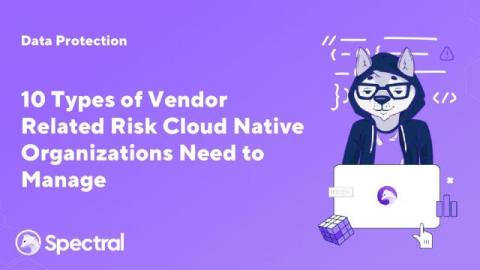Static Code Analysis for Python: 7 features to look out for
Python dominates the coding world, powering everything from web apps to AI breakthroughs. It’s so popular that 70% of developers have Python in their toolkit. It’s no wonder it consistently ranks among the top languages year after year. But with great power comes great responsibility…to write bug-free code. That’s where the secret weapon of top Python pros comes in: Static Code Analysis (SCA).











